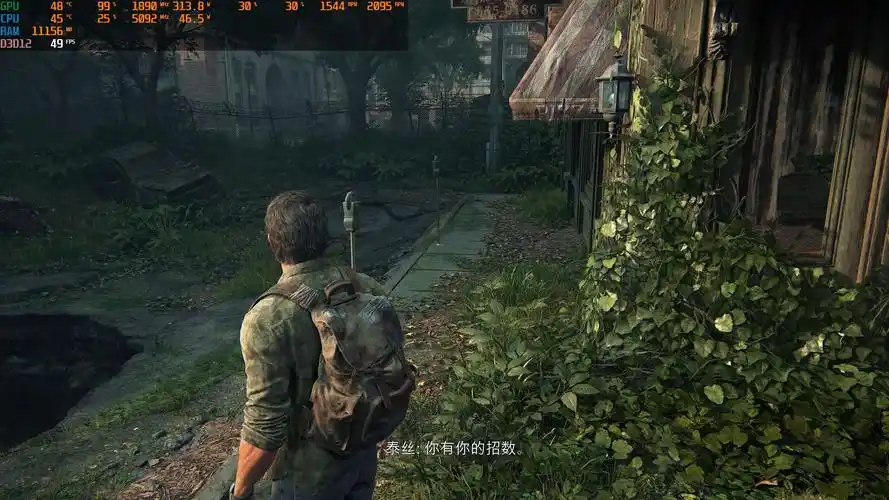Iconic Deep Game News Moments in History
The world of video games is not just defined by the pixels on our screens or the stories crafted by developers. It is also shaped by the moments that ripple through the news cycle, capturing the attention of millions and altering the industry's trajectory forever. These are not merely announcements or reviews; they are cultural earthquakes, scandals that redefine ethics, and triumphs that showcase the medium's explosive potential. Here, we explore some of the most iconic deep game news moments that have left an indelible mark on history.
The Great Video Game Crash of 1983: The News That Spelled Doom
Long before 24/7 gaming news cycles, a story began to brew that threatened to end the entire industry. The year was 1983, and the news was not about a single game but a market collapse. Reports flooded mainstream media outlets, not just specialty magazines, detailing a market saturated with low-quality games, most infamously E.T. the Extra-Terrestrial for the Atari 2600. The narrative was one of catastrophic failure: billions in losses, the bankruptcy of once-dominant companies like Atari, and the perception that video games were a dead fad.
This news moment was "deep" because it was a complex business story that reached everyday households. It wasn't just industry insiders talking; it was the nightly news telling parents that the expensive console under the TV was now obsolete. The coverage created a vacuum of confidence that lasted for years. Yet, from the ashes of this news narrative emerged a phoenix. The story of the crash set the stage for the most iconic comeback in entertainment history: the arrival of the Nintendo Entertainment System (NES) in North America. Nintendo’s strategy, including the creation of the "Nintendo Seal of Quality" to reassure consumers, was a direct response to the news stories of market saturation and shoddy products. The crash and subsequent recovery is a foundational news narrative that every industry analyst still refers to, a cautionary tale about market greed and quality control.
Mortal Monday: The Day Violence Became a National Debate
On September 13, 1993, a marketing blitz dubbed "Mortal Monday" heralded the release of Mortal Kombat on home consoles. But the news wasn't just about a game launch; it was the catalyst for a fiery national debate that would engulf the U.S. Senate. The game’s graphic "Fatalities," splashed across television commercials and newspaper ads, shocked parents and politicians alike. The news coverage shifted from the entertainment section to the front page as senators like Joe Lieberman held hearings, decrying the game's ultraviolence and displaying footage on national television.
This was a profound moment where video games were thrust into the center of a societal conversation about violence, censorship, and artistic freedom. The news narratives were intense and polarizing, pitting a nascent industry against concerned lawmakers. The direct result of this media firestorm was the creation of the Entertainment Software Rating Board (ESRB) in 1994. This moment was "deep" because it established a permanent framework for how games are classified and sold. The news coverage forced the industry to mature rapidly, adopting self-regulation to avoid government-mandated censorship. Every "M for Mature" label on a game case is a direct legacy of the news cycles generated by Mortal Kombat.
The "Water-Cooler" Phenomenon: Metal Gear Solid and the Birth of Cinematic Hype
In an era before widespread internet adoption, news traveled through magazines and word-of-mouth. The release of Metal Gear Solid in 1998 created a unique "water-cooler" news moment. Gaming magazines like Electronic Gaming Monthly (EGM) built immense hype through exclusive previews and screenshots, touting it as not just a game, but an interactive movie. The news was its ambition.
Players who experienced its groundbreaking storytelling, complex characters, and cinematic presentation became evangelists. They brought stories to school and offices, discussing the epic boss fight against Psycho Mantis, who "read your mind" by scanning the player's memory card. This organic, person-to-person news spread was as powerful as any official campaign. It cemented the idea that games could be a subject of serious critique and discussion, worthy of deep analysis alongside films and literature. It was a moment where the cultural perception of games began to shift from childish diversion to a sophisticated narrative art form.
The Leak That Shook the World: Half-Life 2 and the Anatomy of a Hack
In 2003, the unthinkable happened. The source code for the most anticipated game of all time, Half-Life 2, was stolen from Valve's servers and leaked onto the internet. The news broke not through a press release, but through bewildered forum posts and frantic news updates from sites like Eurogamer and IGN. The story was a shocking cybersecurity thriller: how a German hacker managed to infiltrate Valve and make off with its crown jewels.
The depth of this news moment lay in its unprecedented nature. It wasn't a preview or a review; it was a real-time disaster unfolding online. The playable but incomplete code spread like wildfire, allowing thousands to experience a broken version of the game a full year before its official release. The news coverage analyzed the impact on Valve's morale, the potential financial damage, and the bizarre silver lining: the leak generated unimaginable hype and proved the game's foundational genius, even in its buggy state. It was a cautionary tale for the entire industry about digital security and the perils of intense fan anticipation in the internet age. The subsequent arrest of the hacker added a true-crime epilogue to one of gaming's most bizarre news sagas.
The Minecraft Revolution: The News Story Built by Players
The story of Minecraft’s rise is unlike any other. Its news moment wasn't a single event but a slow-building tsunami of player-driven content. Initially ignored by mainstream press, its rise was chronicled through YouTube videos, forum threads, and blog posts. Players were not just consumers of the news; they were the creators of it, sharing their incredible builds, complex redstone contraptions, and mods.

The "deep" news angle here was the demonstration of the power of community and emergent gameplay. News outlets eventually caught on, but they were reporting on a phenomenon that had already been defined and built by its fans. The story was about creativity, education, and the unexpected success of a singular indie developer, Markus "Notch" Persson. The $2.5 billion acquisition by Microsoft in 2014 was the corporate climax, but the real news story was the organic, bottom-up cultural revolution that made such a valuation possible. It changed the news narrative around what constitutes a successful game, proving it wasn't always about graphics and marketing budgets, but about possibility.
These moments are more than just headlines; they are the tectonic shifts that have shaped the landscape of gaming. They remind us that the games we play are deeply intertwined with the stories we tell about them, creating a history that is as dynamic and engaging as the virtual worlds themselves.



















